Make effective
decisions
Make effective
decisions
How to weigh up the options andmake the right choice
A & C Black London
A & C Black Publishers Ltd 2007
All rights reserved; no part of this publication may be reproduced, stored in a retrieval system, or transmitted by any means, electronic, mechanical, photocopying or otherwise, without the prior written permission of the Publisher.
No responsibility for loss caused to any individual or organisation acting or refraining from action as a result of the material in this publication can be accepted by A & C Black Publishers Ltd or the authors.
First published in 2007 by
A & C Black Publishers Ltd
38 Soho Square
London W1D 3HB
A CIP record for this book is available from the British Library.
eISBN-13: 978-1-40813-417-7
Design by Fiona Pike, Pike Design, Winchester
Typeset by RefineCatch Limited, Bungay, Suffolk
Printed in Italy by Rotolito
This book is produced using paper that is made from wood grown in managed, sustainable forests. It is natural, renewable and recyclable. The logging and manufacturing processes conform to the environmental regulations of the country of origin.
Contents

Answer the questions and work out where youcome on the scale, then read the guidancepoints.

How far do you trust your gut instinct?
a) Not at all.
b) To a certain extent.
c) Implicitly.
Whats your approach to a complicated issue?
a) I ignore it and hope it goes away.
b) I try to look at it systematically and rationally.
c) I follow my intuition.
What decision-making methods do you use?
a) Familiar, tried and tested techniques.
b) A variety of methods.
c) Methods schmethods!
What do you look for when solving a problem?
a) The path of least resistance.
b) A solution that takes into account the long term, too.
c) Whatever will resolve my immediate problem.
How do you react to pressure?
a) Not wellif it all goes wrong its my fault!
b) Im usually able to keep things in perspective.
c) I enjoy the adrenaline rush.
Do you canvass others opinions when decision making?
a) Of course! I ask as many people as possible.
b) Yes. They are important to me.
c) Im confident enough not to need to ask others.
How often do you find yourself putting off making a decision?
a) Twice a week.
b) Twice a month.
c) Never.
a = 1, b = 2, c =
Now add up your scores.
 : You take decision making very seriouslybut it clearly makes you nervous. Perhaps a more assertive approach, while still keeping your ability to take on board what others have to say, would make your life easier. To increase your confidence, build your arsenal of techniques by reading chapters and and . The advice in chapter will help you keep calm under will help you keep calm under pressure, while chapter pressure, while chapter has tips for tackling procrastination. And remember that you are allowed to settle for a compromise, and even to make mistakes once in a while!
: You take decision making very seriouslybut it clearly makes you nervous. Perhaps a more assertive approach, while still keeping your ability to take on board what others have to say, would make your life easier. To increase your confidence, build your arsenal of techniques by reading chapters and and . The advice in chapter will help you keep calm under will help you keep calm under pressure, while chapter pressure, while chapter has tips for tackling procrastination. And remember that you are allowed to settle for a compromise, and even to make mistakes once in a while!
 1216: Well doneyou seem to be fairly comfortable at making decisions. Chapter will help you to ensure that you look at the problem from many different angles. Take your skills further by learning more about analysing the costs and benefits of a proposal before coming to a decision (chapter ).
1216: Well doneyou seem to be fairly comfortable at making decisions. Chapter will help you to ensure that you look at the problem from many different angles. Take your skills further by learning more about analysing the costs and benefits of a proposal before coming to a decision (chapter ).
 1721: Your confidence is greatbut make sure you dont overdo it. Dont think you know it all: read about the variety of different decision-making techniques in chapters and and . Its crucial to look at the whole picture: examine your assumptions, think long term, picture: examine your assumptions, think long term, and look at the effects your decisions have on others.
1721: Your confidence is greatbut make sure you dont overdo it. Dont think you know it all: read about the variety of different decision-making techniques in chapters and and . Its crucial to look at the whole picture: examine your assumptions, think long term, picture: examine your assumptions, think long term, and look at the effects your decisions have on others.
Chapters and will help you to look at the situation from different angles.

Being able to make good decisions is anessential workplace skill. Whatever your role,there will be times when you need to get togrips with an issue and decide on the bestcourse of action. If you need to make adecision, your first step should be to analysethe situation. These first three chapters willhelp you to do just that, while the followingchapters look in more detail at decision-makingtechniques.
In organisations there are often set proceduresfor making decisions, which minimise the amountof time spent on original thinking. However,constantquick fixesare not a recipe forincreased profitability and organisationalgrowth.
Fire fightingin the workplace creates an illusionof industry: lots of busy people carrying out lotsof tasks. The energy of such an environment canseduce us into thinking that nothing further canbe done to increase productivity other than towork harder and faster. But this isnt the case:wherever you work, you can improve yourefficiency by taking time to think throughsituations from first principles and makingdecisions that have lasting positive effects.Read on to find out how.

Step one: Question the status quo
Understanding the root cause of an issue and coming to a decision based on that knowledge will more than repay the time and effort spent in identifying it. In some businesses, things have been done the same way for years and years, and the reasons for doing something a particular way have become lost in the annals of time. Even if the context has changed, the same methods are adopted without question, even though they dont make sense any more. The existence of these habits is often exposed by comments such as: But thats the way weve always done it! By flagging up how ineffectual these habits are and highlighting the amount of time they waste, youre likely to be able to persuade people to do things differently.
Think of the way a computer keyboard is laid out. We still use the QWERTY configuration, although most people do not touch-type. Two-finger typing is not assisted by a layout that is based on the frequency of letter usage. Indeed, the fact that physical keys are used at all is an unnecessary feature of the keyboard. These are two examples of habits that are rooted in history and have not been re-evaluated in the light of modern technology.
Ask a few questions of the situation. For instance:
 Is something happening that constantly distracts attention from the real job?
Is something happening that constantly distracts attention from the real job?


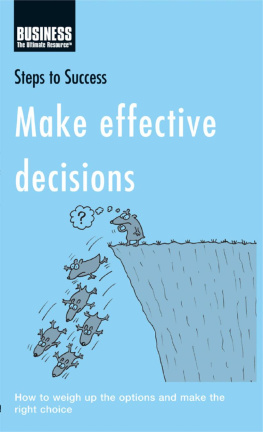


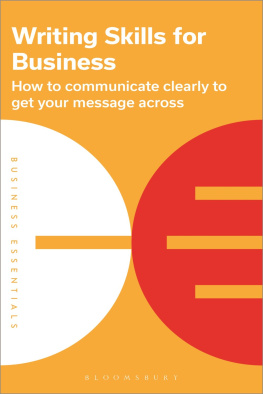

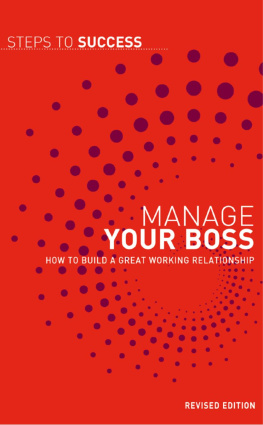
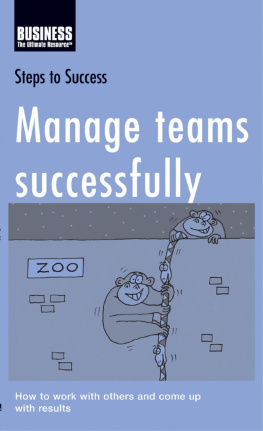
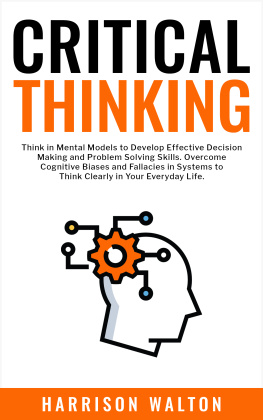
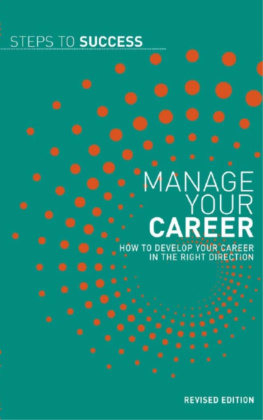
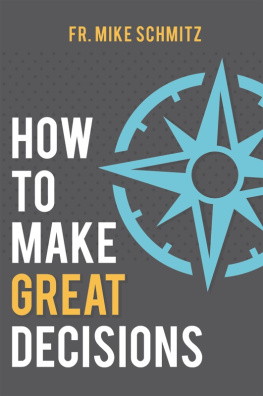

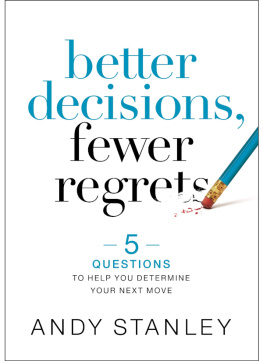
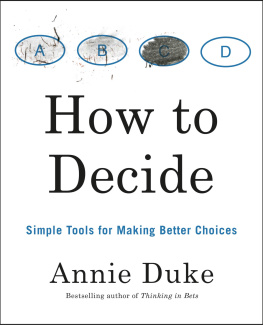

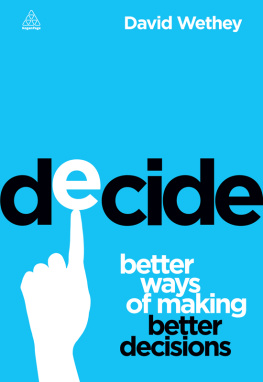
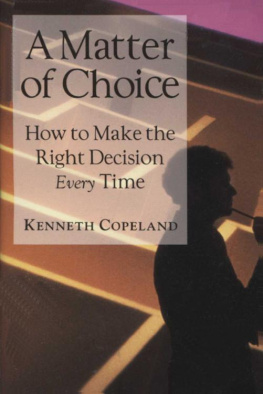


 : You take decision making very seriouslybut it clearly makes you nervous. Perhaps a more assertive approach, while still keeping your ability to take on board what others have to say, would make your life easier. To increase your confidence, build your arsenal of techniques by reading chapters and and . The advice in chapter will help you keep calm under will help you keep calm under pressure, while chapter pressure, while chapter has tips for tackling procrastination. And remember that you are allowed to settle for a compromise, and even to make mistakes once in a while!
: You take decision making very seriouslybut it clearly makes you nervous. Perhaps a more assertive approach, while still keeping your ability to take on board what others have to say, would make your life easier. To increase your confidence, build your arsenal of techniques by reading chapters and and . The advice in chapter will help you keep calm under will help you keep calm under pressure, while chapter pressure, while chapter has tips for tackling procrastination. And remember that you are allowed to settle for a compromise, and even to make mistakes once in a while!